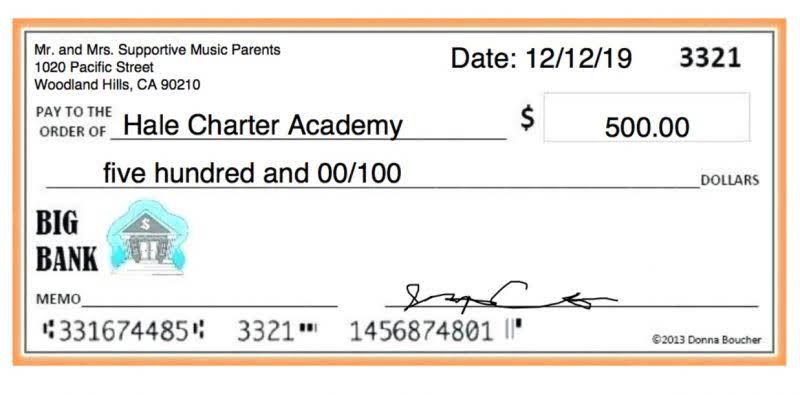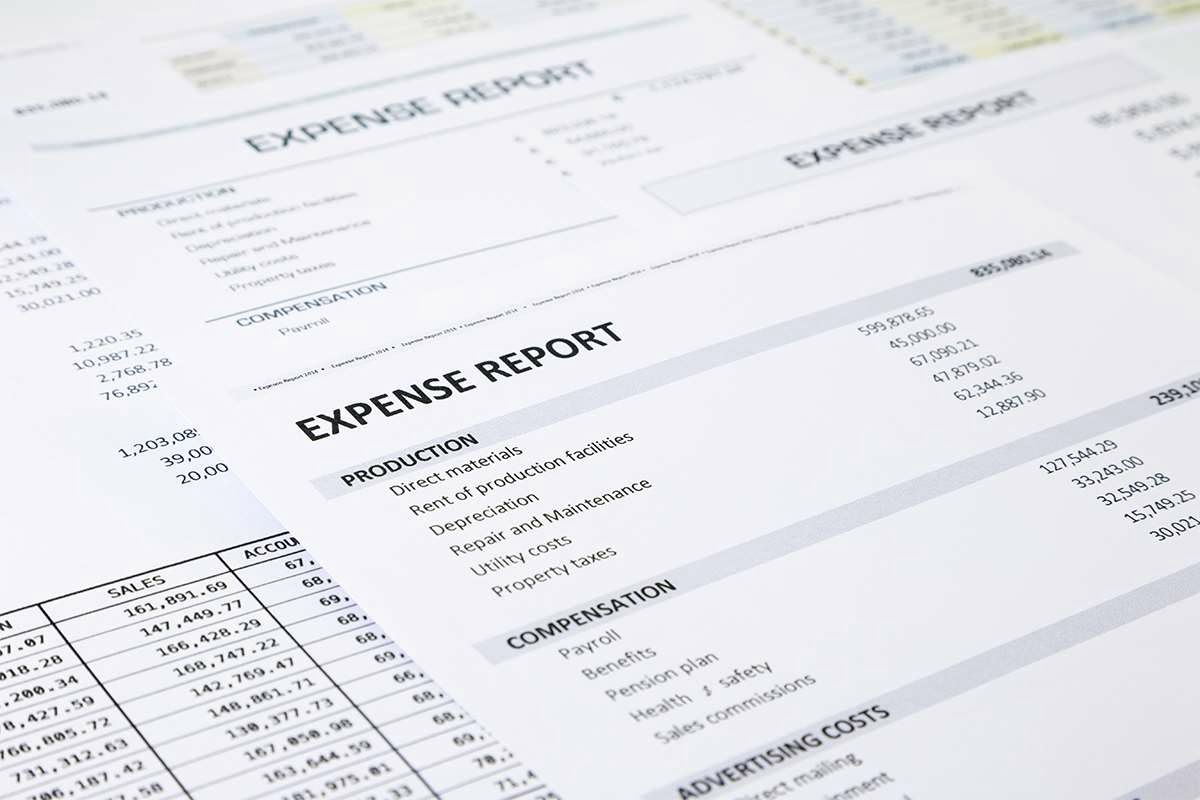
Investments are classified as noncurrent only if they are not expected to turn into unrestricted cash within the next 12 months of the balance sheet date. Property, plant, and equipment—which may also https://www.bookstime.com/articles/bookkeeping-and-payroll-services be called fixed assets—encompass land, buildings, and machinery (including vehicles). Investors need to be clear about whether a capital gain is on a short-term or a long-term asset because taxation of the gain or loss is treated differently. For tax purposes, a long-term gain or loss means the security is held for a year or longer before being sold.
Exclusion From Cash and Cash Equivalents
Fixed or noncurrent assets, on the other hand, are those assets that are not expected to be converted into cash within one year. The current ratio evaluates the capacity of a company to pay its debt obligations using all of its current assets. A negative are any assets easily converted into cash within one calendar year working capital, on the other hand, means that the company does not have enough current assets to pay its current liabilities. Other liquid assets include any other assets which can be converted into cash within a year but cannot be classified under the above components.
Current Assets vs. Noncurrent Assets: An Overview

Investments – Investments that are short-term in nature and expected to be sold in the current period are also included in this category. These typically include investments in stock called available for sale securities. This concept is extremely important to management in the daily operations of a business.
Accounts Receivable

For example, when a company sells a product to a customer, the inventory used is recorded as COGS (cost of goods sold) on the income statement. Current assets vary based on the type of business, industry and many additional factors. For instance, inventory can become temporarily illiquid or even permanently obsolete because of market fluctuations. Current assets usually appear in the first section of the balance sheet and are often explicitly labelled. When the working capital is managed well, it can help the business increase its profits, value appreciation, and liquidity.
- Cash equivalents are certificates of deposit, money market funds, short-term government bonds, and treasury bills.
- Accounts receivable are payments due from customers for their credit purchases, which are classified as current assets if they are expected to be collected within one year.
- Consider the latest iPhone; any models being recorded as inventory may quickly be demanded by the market.
- Examples of cash equivalents include Treasury bills, Treasury notes, commercial paper, certificates of deposit (CD), or money market funds.
It is also possible that some receivables are not expected to be collected on. This consideration is reflected in the Allowance for Doubtful Accounts, a sub-account whose value is subtracted from the Accounts Receivable account. The articles and research support materials available on this site are educational and are not intended to be investment or tax advice. All such information is provided solely for convenience purposes only and all users thereof should be guided accordingly. Finance Strategists has an advertising relationship with some of the companies included on this website.
- All demand account balances as of the date of the financial statements are included in cash totals.
- The Federal Deposit Insurance Corporation (FDIC) stipulates the level of unencumbered liquid assets lending institutions must have on hand.
- Thus, a quick ratio of 1.5 implies that for every $1 of Company B’s current liabilities, it has $1.50 worth of quick assets which can cover its short-term obligations if needed.
- Debt instruments, whether issued by a government or corporation, is tied to the health of that entity with no guarantee the entity may survive the term of the cash equivalent.
- It would be classified as a noncurrent asset if it is a long-term investment, such as a bond.
- On a balance sheet, you might find some of the same asset accounts under Current Assets and Non-Current Assets.
- The market price of the asset should also not be significantly changed, resulting in less liquidity or greater illiquidity for subsequent market participants.
- Current assets vary based on the type of business, industry and many additional factors.
- When the spread between the bid and ask prices widens, the market becomes more illiquid.
Inventory items are considered current assets when a business plans to sell them for profit within twelve months. It’s important to understand the difference between short- and long-term assets. You need to know what your cash ratio looks like in relation to your liquidity ratios.


Assets whose value is recorded in the Current Assets account are considered current assets. Working capital is the difference between current assets and current liabilities. For a company, liquidity is a measurement of how quickly its assets can be converted to cash in the https://www.facebook.com/BooksTimeInc/ short-term to meet short-term debt obligations. Companies want to have liquid assets if they value short-term flexibility. Liquidity refers to a company’s ability to collect enough short-term assets to pay short-term liabilities as they come due. A business must be able to sell a product or service and collect cash fast enough to finance company operations.